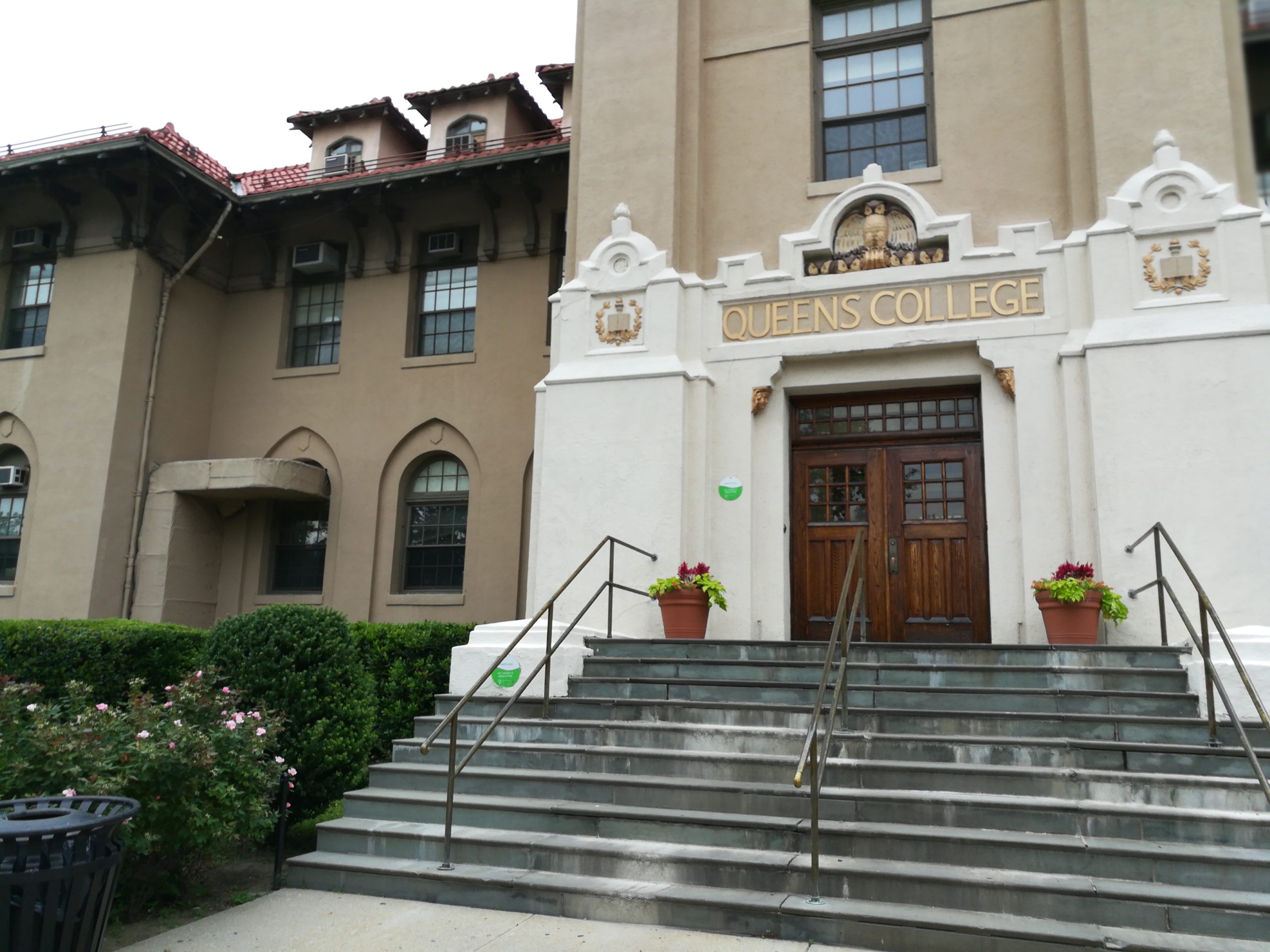Tuition costs often play a significant role in a prospective student’s decision when choosing a college. However, many may not think about where the amount that shows up on their bill comes from. The Knight News recently discussed this in a luncheon with President Frank Wu and other top administrators.
$7,538 and $15,488 are the respective in-state and out-of-state tuition costs for undergraduate students at Queens College. These amounts were determined through a hierarchical process involving President Frank Wu, Chancellor Félix V. Matos Rodríguez, and the CUNY Board of Trustees.
“Every institution in higher education is governed by a Board of Trustees. The (CUNY) board has ten members appointed by the governor and five members appointed by the mayor,” President Wu said at the luncheon. “I report to the chancellor, the chancellor reports to the board, and the board sets the tuition policy.”
Given that the median debt for Queens College graduates surpasses $10,000, according to the Department of Education’s “College Scorecard,” it raises the following question: what factors guide the Board of Trustees in establishing tuition rates?
The most influential factor in determining tuition is state funding. As explained in an article on bestcolleges.com, “Since state schools typically benefit from state funding and taxpayer dollars, New York residents have access to lower tuition rates than nonresidents in public and New York community colleges.” At Queens College, whether a student is classified as in-state or out-of-state results in a tuition difference of up to two times.
The issue of state funding significantly affects tuition decisions, with the state of New York, represented by the governor and the legislature, playing a pivotal role in this regard. Vice President for Communications and Marketing and Senior Advisor to the President, Jay Hershenson, expanded on the matter.
“Several years ago, the governor and the legislature put in a tuition freeze which lasted for four years,” Hershenson said. “That has expired, so now the university [Queens College] is on a year-to-year system where, pending the adoption of the state budget, and whether or not there is any language in the state budget on the subject of tuition, the Board (of Trustees) is put in the position of having to act or not act.”
Since the tuition freeze, Governor Kathy Hochul proposed a 3% tuition increase, coupled with an additional 6% hike for SUNY universities. The move was intended to put universities in a position to, “reliably invest in their long-term futures as costs rise, while prioritizing the evolving needs of students, ensuring academic excellence, and continuing to maintain low-cost and stable tuition rates for in-state residents,” according to New York State’s budget webpage. However, the proposal fell short as many state legislators disagreed, which in turn, meant that the Board of Trustees did not enact a tuition increase.
While state funding is a primary driver of tuition rates, the decisions made by university leadership also have far-reaching consequences. According to Article XI, Section 11.4 of the CUNY Board of Trustees bylaws, the President shall, “Consult with and make recommendations to the chancellor concerning all matters of significant academic, administrative or budgetary consequence affecting the college and/or the university.”
As Queens College graduates grapple with the burden of student debt, the Board of Trustees finds itself constrained. As Hershenson pointed out, the Board of Trustees does have a voice in determining tuition rates, but a lump sum of power is vested in the state of New York.
“The state of New York, represented through the governor and the legislature, has a lot of say over the issue of tuition,” Hershenson said.
Tuition rates and other CUNY matters are deliberated during virtual meetings of the Board of Trustees. These meetings are accessible to the public in real-time as they happen or through uploaded broadcasts available on the CUNY website under the sections “The Board of Trustees” and “Meetings of the Board.” Students can attend these meetings and deliberate.











